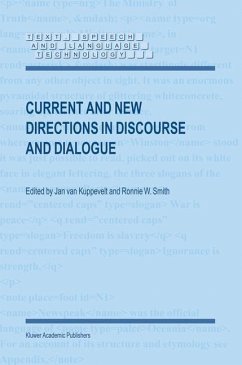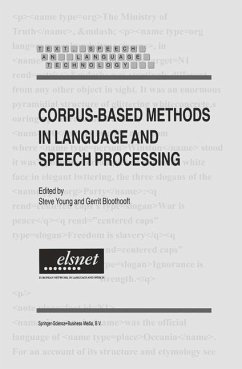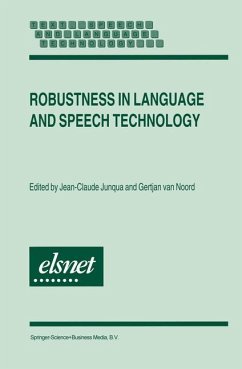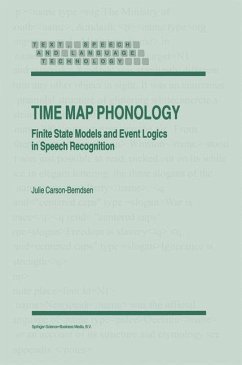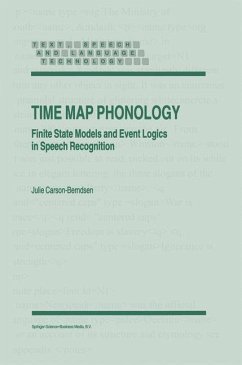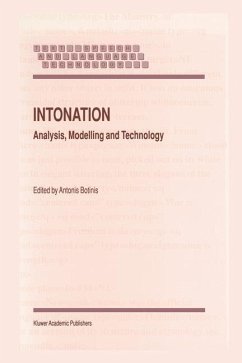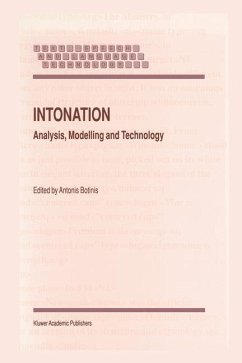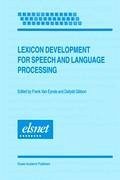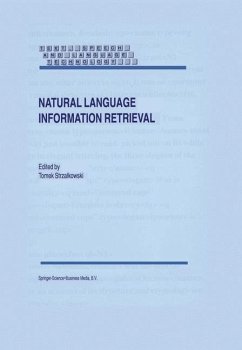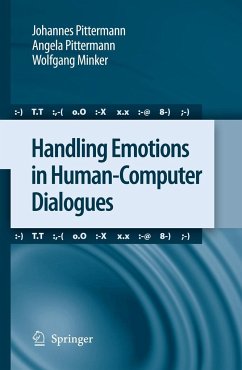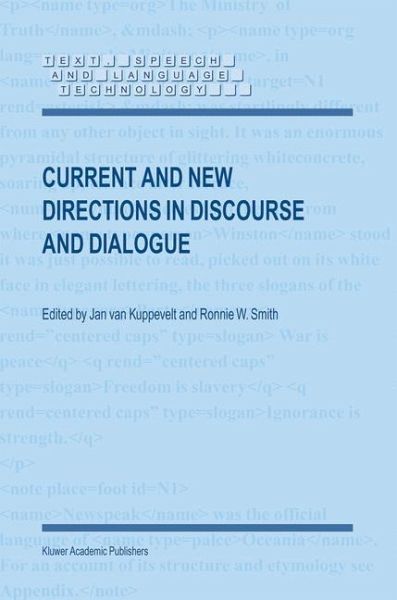
Current and New Directions in Discourse and Dialogue
Versandkostenfrei!
Versandfertig in 1-2 Wochen
115,99 €
inkl. MwSt.
Weitere Ausgaben:

PAYBACK Punkte
58 °P sammeln!
The origins of this book arise from the highly successful second SIGdial Workshop on Discourse and Dialogue that was held in September 2001 in con junction with Eurospeech 2001. The original workshop proceedings consisted of 29 papers selected from 57 submissions, an exceptionally high number of submissions for a two day workshop. This book includes extended versions of 12 papers originally presented at the workshop. In addition, 4 other invited papers on major themes in discourse and dialogue research are included. There are three main themes addressed by the papers in this collection: (1) co...
The origins of this book arise from the highly successful second SIGdial Workshop on Discourse and Dialogue that was held in September 2001 in con junction with Eurospeech 2001. The original workshop proceedings consisted of 29 papers selected from 57 submissions, an exceptionally high number of submissions for a two day workshop. This book includes extended versions of 12 papers originally presented at the workshop. In addition, 4 other invited papers on major themes in discourse and dialogue research are included. There are three main themes addressed by the papers in this collection: (1) corpus annotation and analysis; (2) method ologies for construction of dialogue systems; and (3) perspectives on various key theoretical issues including communicative intention, context-based gen eration, and modeling of discourse structure. However, because of the very nature of discourse and dialogue research that often requires researchers to tackle several issues in one piece of work, we have chosen to order the papers alphabetically by author rather than try to create artificial thematic sections. We believe this collection provides a concise yet reasonably comprehensive snapshot of major research themes in discourse and dialogue. We hope that readers will benefit greatly from this collection.





